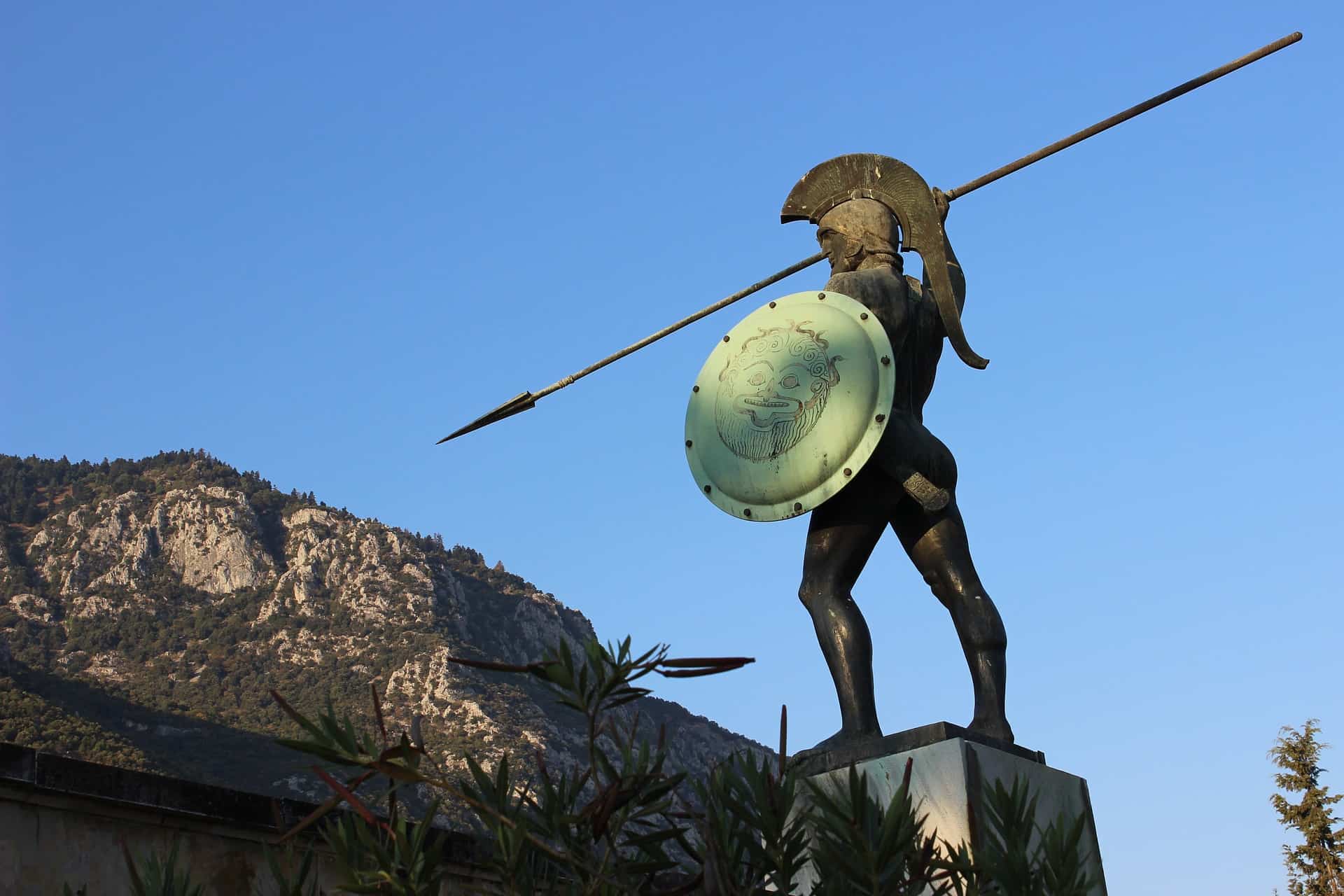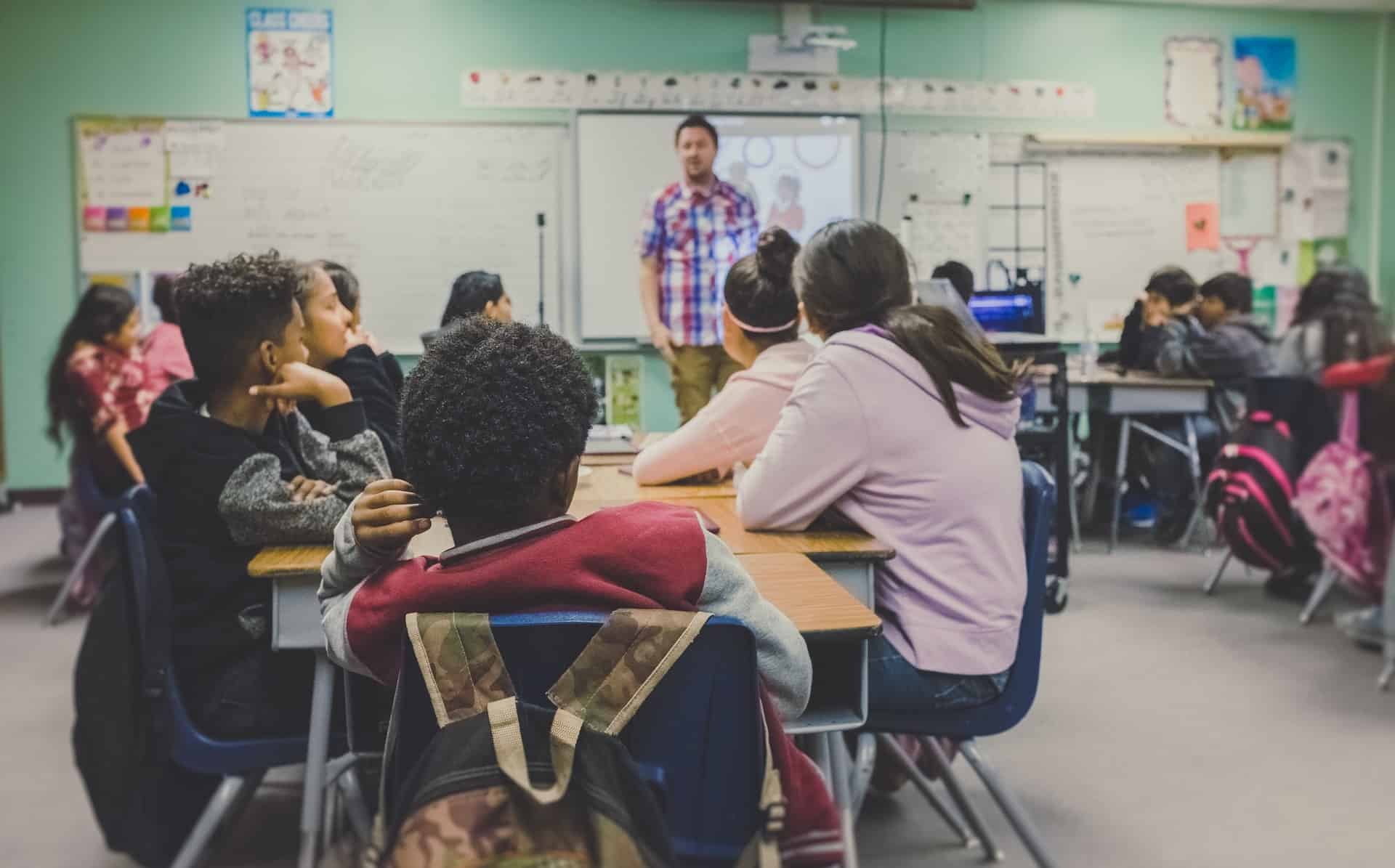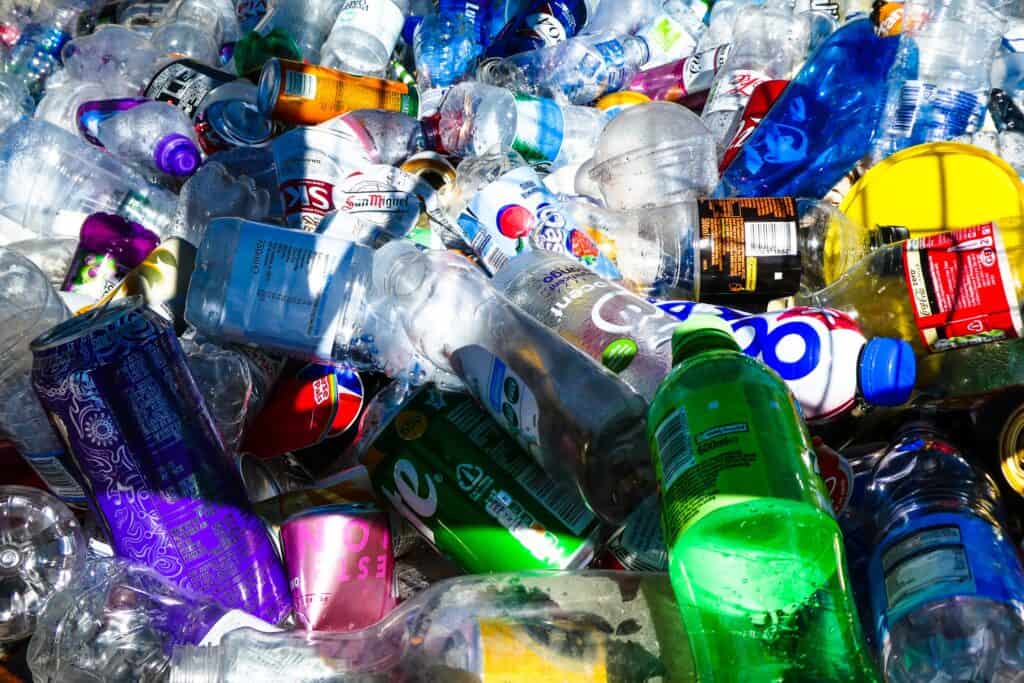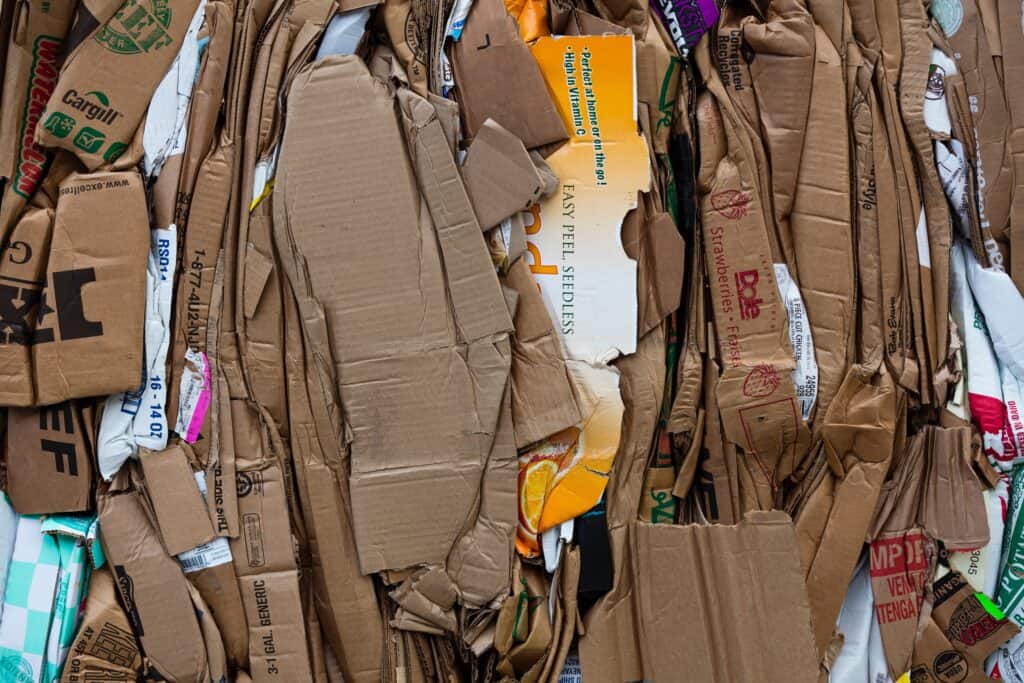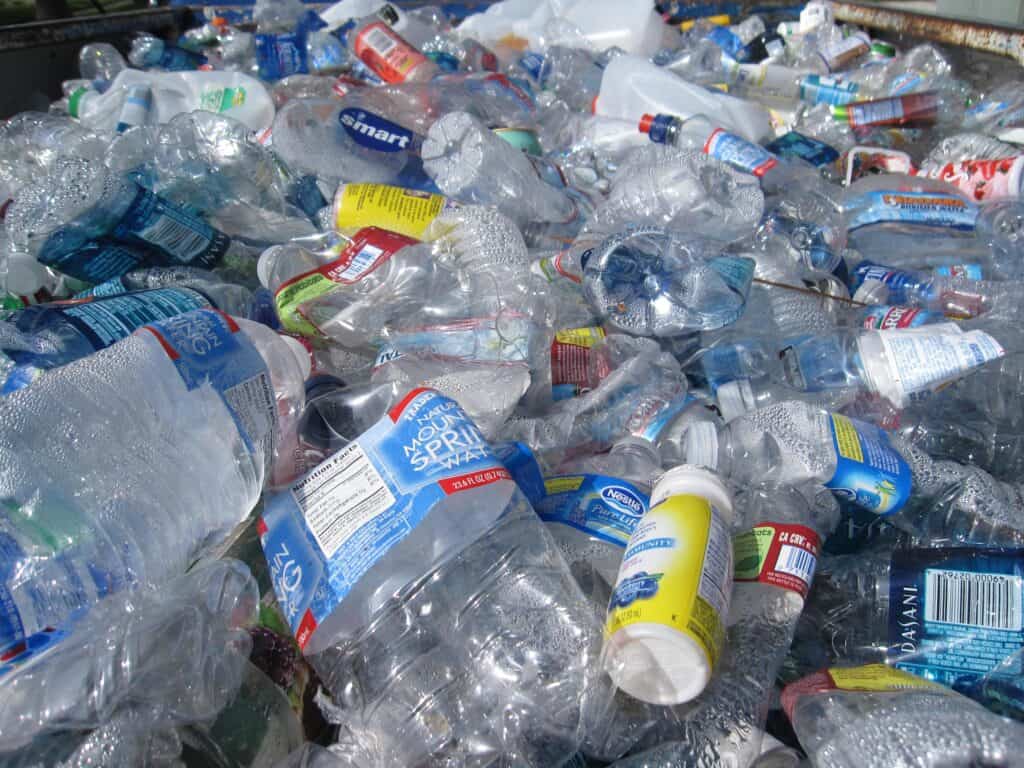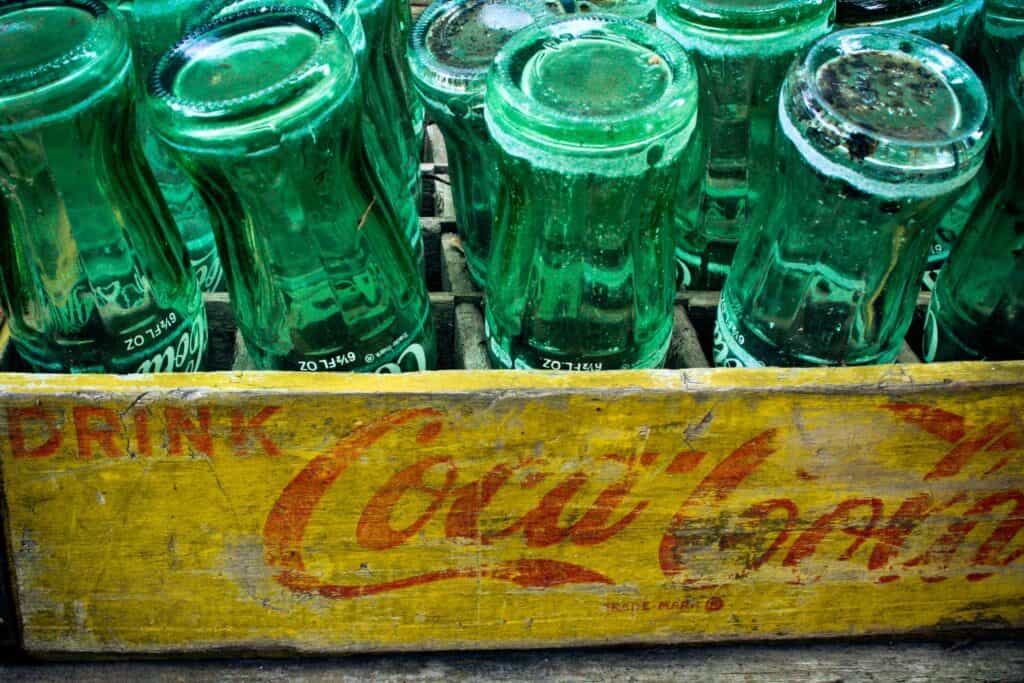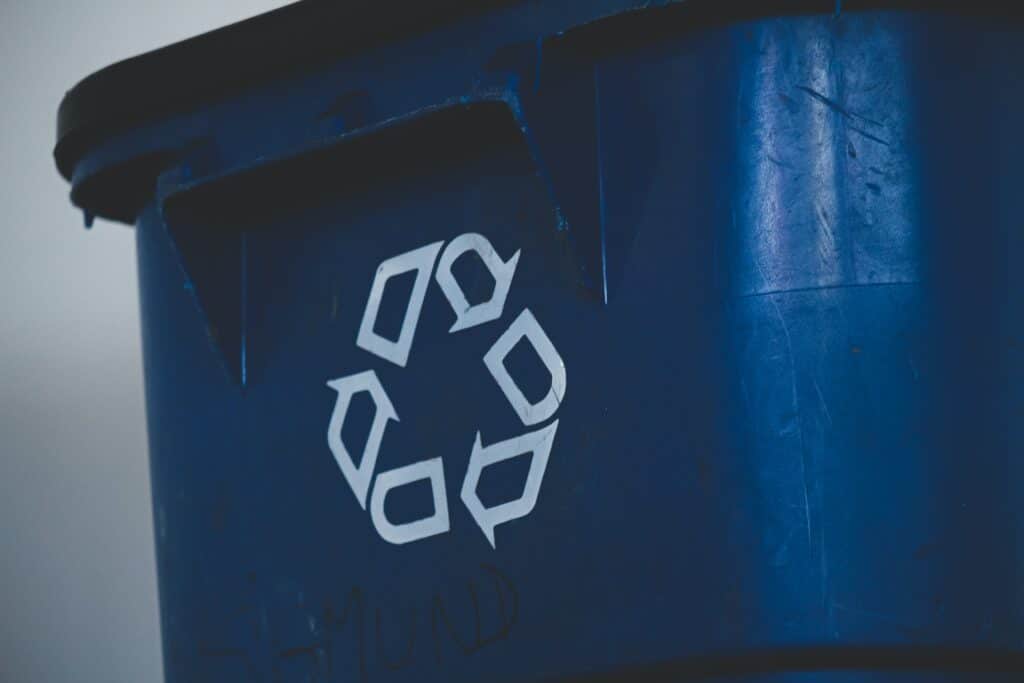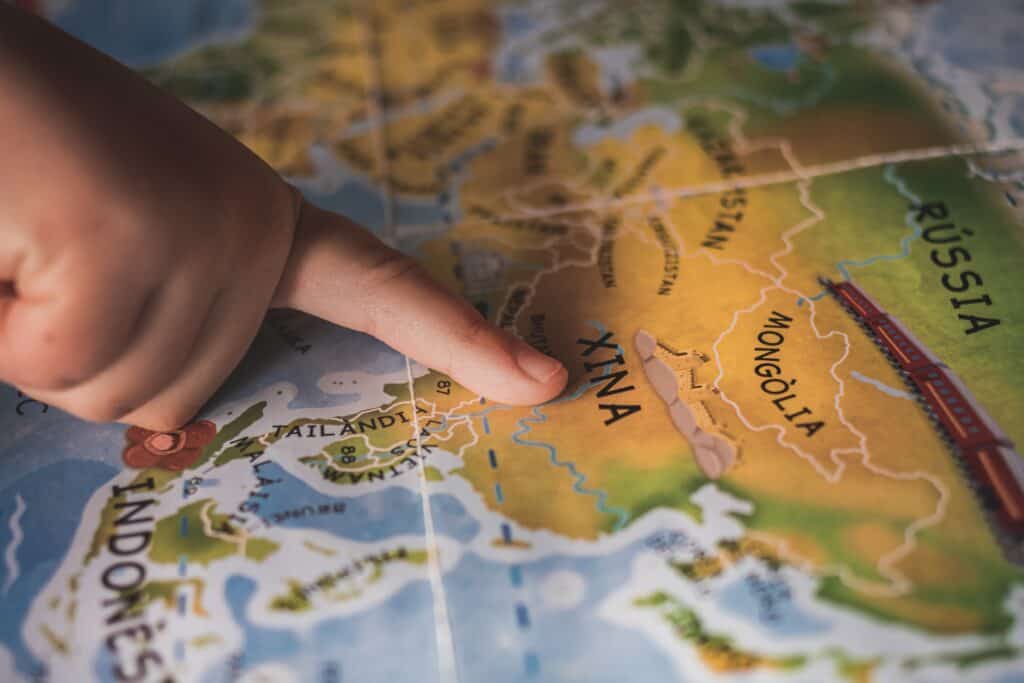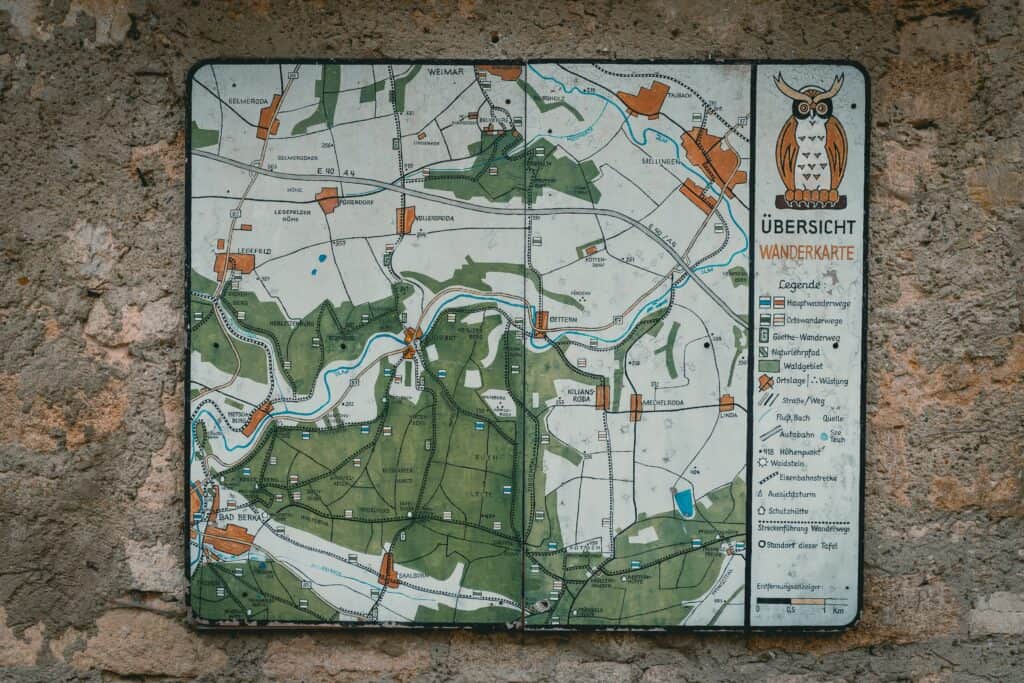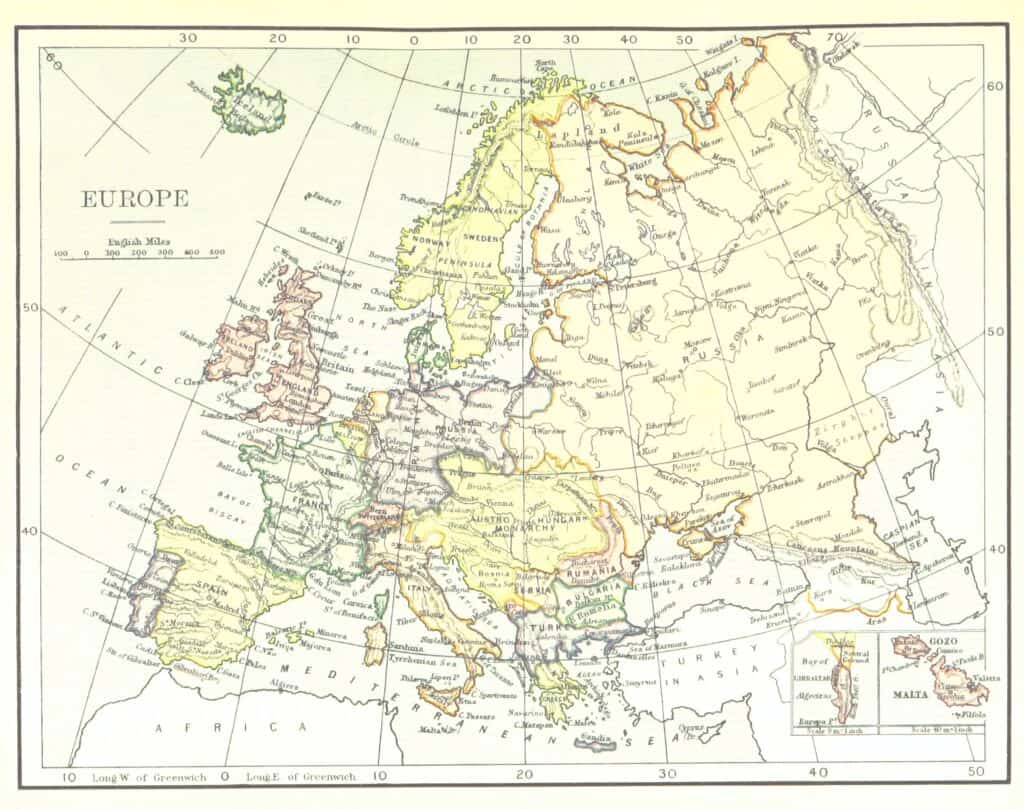Teaching over the years has become increasingly digital. Students are almost always expected to have some sort of device or internet access at school and at home. As teachers, it is important that we grow with technology and understand the different ways we can use technology while also still including students in their own education.

Over the time of this course, I have tried to create lessons or activities that allow students to participate in their learning at their own pace or ability. It is important that students are a part of their own learning because it allows the teacher and students to work together in a warm environment wherein students are actually excited to learn and do different learning activities.
Over the time of this course, I have tried to create lessons or activities that allow students to participate in their learning at their own pace or ability. It is important that students are a part of their own learning because it allows the teacher and students to work together in a warm environment wherein students are actually excited to learn and do different learning activities.
This course has also showed me the value of adaptability of different lessons. Teaching is never static; there is constant reworking of lessons or information. My lessons and activities posts include different ways that the lesson/activity can be adapted by teachers to fit whatever situation they may want to use the lesson/activity for. It is important for teachers to go with the flow and adapt their lessons to fit the students they are teaching, especially in an increasingly digital world where students have varying degrees of knowledge of technology use.
Below, I’ve included some lessons and activities that I feel show this type of work I have done with technology:
Photo Citations
Featured Image By Sophia Winland
Photo by Robo Wunderkind on Unsplash










